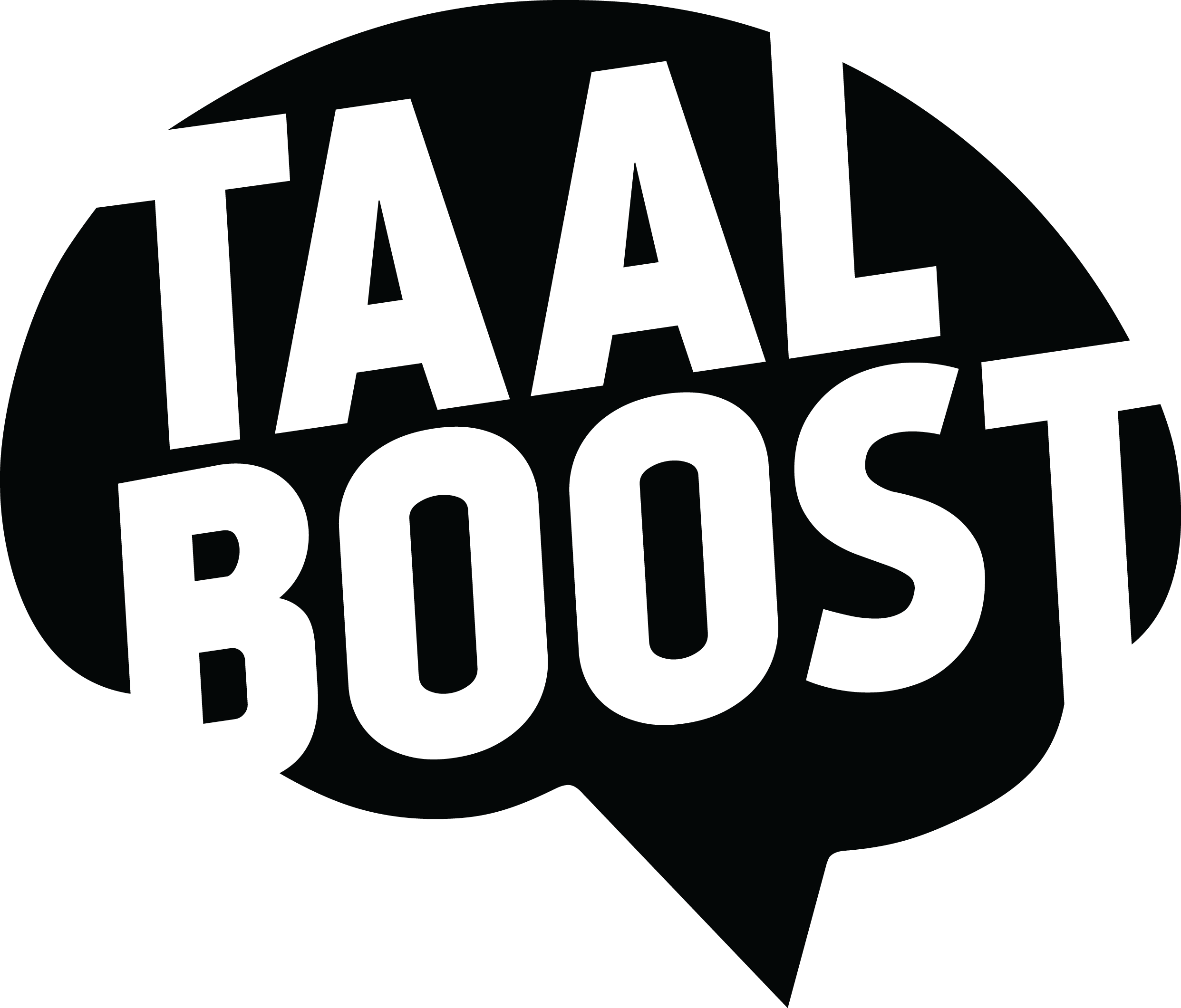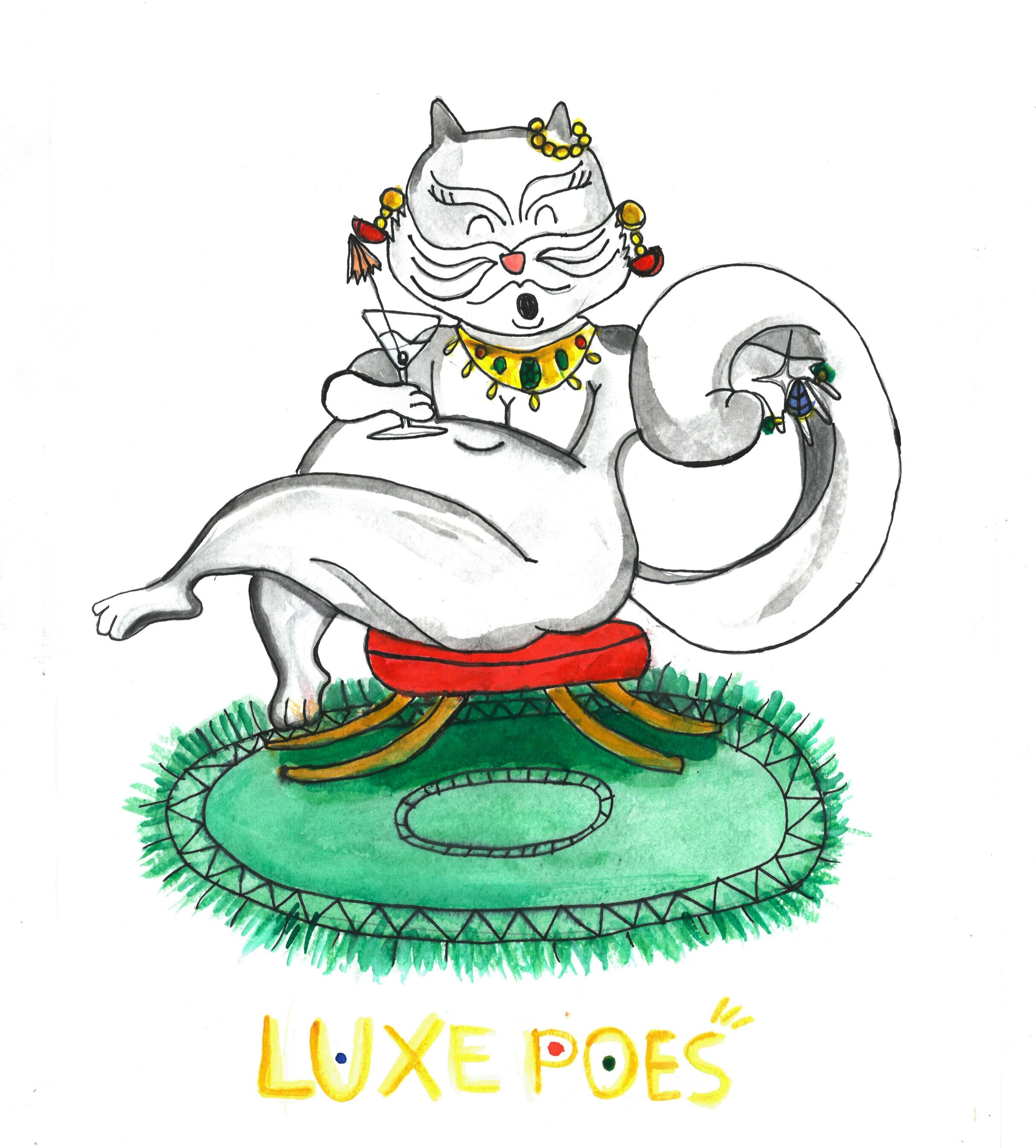What animal are you today in Dutch?
At TaalBoost, we are not only language lovers (or language nerds, if you prefer), but also huge fans of animals. If there’s a saying, a word-play or a language-related joke (read: dad joke) that involves animals, we would immediately share it with the other teachers in the team. After each online lesson, we would brag what new pet we had the pleasure to meet during the online Dutch lesson, as they have the tendency to jump or catwalk (pun intended) in front of our students’ cameras. Finally, we don’t shy away from introducing our own pets to our students.
Recently, we started noticing that many of TaalBoost’s word of the week Instagram posts revolve around animals as well. One of those Instagram posts was 'gewoontedier’, a word used to denote people as creatures of habit (literally: an animal of habit).
Aside from the generic name, what other animal species are used to denote people?
The best way to go about this is to flip the question around: which human traits are commonly associated with particular animal species? Across cultures and eras, many stereotypes of animals have remained pretty much similar to each other: the busy bee, the sly fox, the unforgetting elephant, or the gullible sheep. Even nowadays, children and adults relate to the anthropomorphising of animals in the fables that go as far back as the ancient Egypt’s Aesop.
How are these stereotypes of animals expressed in the Dutch language?
Dutch compound nouns and Dutch verbs
The productiveness of the Dutch language to make (new) words can be reflected in two mechanisms that I will very briefly discuss here: compound nouns and verbs.
It’s common practice to glue two nouns together in order to make a new one. These newly made nouns are called compound nouns. A good and delicious example is chocolademelk, that consists of two words: chocolade and melk. It’s important in what order you glue these words to each other, as chocolademelk is something very different from melkchocolade. Sometimes, an extra letter needs to be added between the two words, like -s (Koningsdag), or -e(n) (pannenkoek).
As for the stereotypes of animals, or human traits attributed to animals that are then used to denote humans who possess those traits or show a similar behaviour, the first part of the compound will relate more to humans, whereas the second part of the compound would be the animal species, like in the examples below.
The second productive mechanism, that of making verbs, is pretty straightforward: if you can “do” it, then you can most likely create a verb out of it by adding -en to the noun in the Dutch language. Other languages do this as well, but Dutch has aside from winkelen (to shop) also unique verbs such as voetballen (to play soccer/football) or netflixen (to watch Netflix), which are pretty neat and easy to learn, especially if you are learning Dutch! Out of the top 10 stereotypes of animals, three are verbs - the activities that resemble the animals in question, but are applicable to people as well.
TaalBoost’s Top 10 stereotypes of animals
While choosing the animals for this blog post, the primary decisive factor was the author’s personal preference, but also the frequency of the usage of the words, how they relate to the culture of the Netherlands and the Dutch language, as well as their relation to the global or more universal topics, such as the pandemic or the climate change. The latter is also incorporated in the drawings of the anthropomorphised animals in a contemporary setting, wonderfully illustrated by Francesco Mottola.
Whether you’re a fan of Aesop’s fables, an animal lover, a Dutch language learner, or all three, you will love this blog post.
10. geluksvogel
Geluksvogel for TaalBoost. © Francesco Mottola
🍀+🐦
Geluksvogel consists of two parts: geluk (luckiness/happiness) and vogel (bird), and is used to describe a person who is lucky. There are many ways to say that one’s lucky in the Dutch language. For more examples, check out this Instagram post. The archenemy of geluksvogel is their unlucky relative pechvogel (pech = bad luck).
Use it in a sentence:
Wat ben ik een geluksvogel met zo’n partner als jij!
9. Kroegtijger
Kroegtijger for TaalBoost. © Francesco Mottola
🍻+🐯
The ending -tijger is used to describe someone who is fanatical: carrièretijger is a person fanatical about their career, while kroegtijger is fanatical about pubs (Dutch: kroegen) or pub-crawling (Dutch: kroegentocht). Although kroegtijger is not against pub-crawling, they have a tendency to choose one habitat as their favourite pub instead (Dutch: stamkroeg). Their diet is not very varied and consists for the most part of beer, cheese cubes, beef sausage, peanuts and an occasional jenever shot.
Use it in a sentence:
Sinds ze kinderen heeft gekregen blijft ze vaker thuis en is ze geen kroegtijger meer.
8. hamsteren
Hamsteren for TaalBoost. © Francesco Mottola
🐹
Although this term existed long before 2020, it gained instant popularity after the Dutch sign-language interpreter Irma Sluis started digging/grabbing in the air, using her hands as small claws in order to translate hamsteren on tv last year. During the first lockdown in the Netherlands, hamsteren was used to denote the excessive purchasing behaviour that was exhibited at the supermarkets across the country.
Use it in a sentence:
Driekwart van de Nederlandse consumenten ergert zich aan hun landgenoten die het toiletpapier hamsteren.
7. huismus
Huismus for TaalBoost. © Francesco Mottola
🏠+🐦
Similarly to English, huismus is also in the Dutch language the taxonomic term for the house sparrow. Of course, that doesn’t mean that the sparrow is kept in the house, but that it is a domestic species and does not fly to the south in the winter months. Figuratively, huismus is someone who rather spends time at home, and is not as outgoing as kroegtijger or feestbeest.
Use it in a sentence:
Hij is een huismus die gelukkig wordt van een avondje bankhangen.
6. geldwolf
Geldwolf for TaalBoost. © Francesco Mottola
💰+🐺
De Grote Boze Wolf (the Big Bad Wolf) becomes in this version of the story the gold-digging Wolf of Wall Street. Used for a person who’s greedy, stingy, but also for someone who’s definitely and often exclusively in for other people’s money. Although used with a negative connotation, the beauty of this Dutch term lies in it being gender neutral, compared to its pendants in English (such as gold digger). Other Dutch words for someone who is money-grubbing: vrek, krent, duitendief.
Use it in a sentence:
Zijn vriendschap bleek al jaren te zijn misbruikt door die geldwolven.
5. na-apen
Na-apen for TaalBoost. © Francesco Mottola
🐵
The Dutch language is teeming with expressions that have something to do with a monkey (Dutch: aap). For example, the symbol @ is called in Dutch apenstaartje (small monkey tail) and an urban legend is broodje aap (monkey sandwich). A famous Dutch expression among the learners for ‘when the truth comes out’ is nu komt de aap uit de mouw (now the monkey comes out of the sleeve). The word na-apen means to imitate - monkey see, monkey do!
Use it in a sentence:
Het kind aapt gewoon alles na wat een volwassen zegt.
4. luxepoes
Luxepoes for TaalBoost. © Francesco Mottola
💎+🐱
The compound luxepoes (a luxurious pussycat) is of recent origin; you hear people using it more and more, often to describe themselves or others as being (too) bougie or posh. The use of luxe+animal was originally used for horses, as a distinction between luxepaarden and werkpaarden (workhorses). Although the word werkpoes is starting to grow on me as of this moment, it doesn’t exist as a word in the Dutch language, for an apparent reason: even if there was work for cats, it would only be executed when the cat wants - which is again kind of a luxurious position when you think about it?
Use it in a sentence:
Nou, ik ben geen luxepoes, maar ik ga echt niet met een tent op de camping staan!
3. angsthaas
Angsthaas for TaalBoost. © Francesco Mottola
😰+🐰
We like to think that the etymology of angsthaas is that of angst (fear) and haas (hare). It is more likely the case that the word originally comes from the German Angst (fear) and hose (pants) = 💩+👖. Anyhow, if you are an angsthaas, you should never watch a horror movie alone! Other Dutch words for someone who gets scared easily: bangerik, bangerd, schijterd, schijtebroek.
Use it in a sentence:
Ik ga toch niet parachutespringen want ik ben een angsthaas.
2. feestvarken
Feestvarken for TaalBoost. © Francesco Mottola
🎉+🐷
Unlike feestbeest, which is Dutch for a person who likes to party i.e. a party animal - feestvarken is the life of the party. They are the one for whom the party or the festivity is organised, in most cases because it’s their birthday. The etymology of feestvarken is not as glamorous: the word was originally used for the pig that would be extra fed and eaten during the festivity. 🐷
Use it in a sentence:
Vandaag ben jij het feestvarken want jij bent jarig! Hieperdepiep!
1. IJsberen
IJsberen for TaalBoost. © Francesco Mottola
🧊+🐻
IJsberen is an activity of nervously pacing up and down in a room while optionally being worried or pensive, similarly to how polar bears (Dutch: ijsbeer) - or other animals - tend to behave in captivity, like at the zoo. As an endangered species, the polar bear in the illustration is not worried about being held in captivity but more so about losing their habitat, as they are pacing up and down on a melting ice cap.
Use it in a sentence:
Ze is de hele nacht aan het ijsberen omdat ze zich niet kan ontspannen.
What animal are you today in Dutch? Did we miss any other words that involve animals? Let us know in the comments!
Best,
Mirko
Learning Dutch is faster and more fun when exercised during a TaalBoost course. Sign up for an engaging, interactive, teacher-guided and feedback-driven TaalBoost Dutch language course today!










